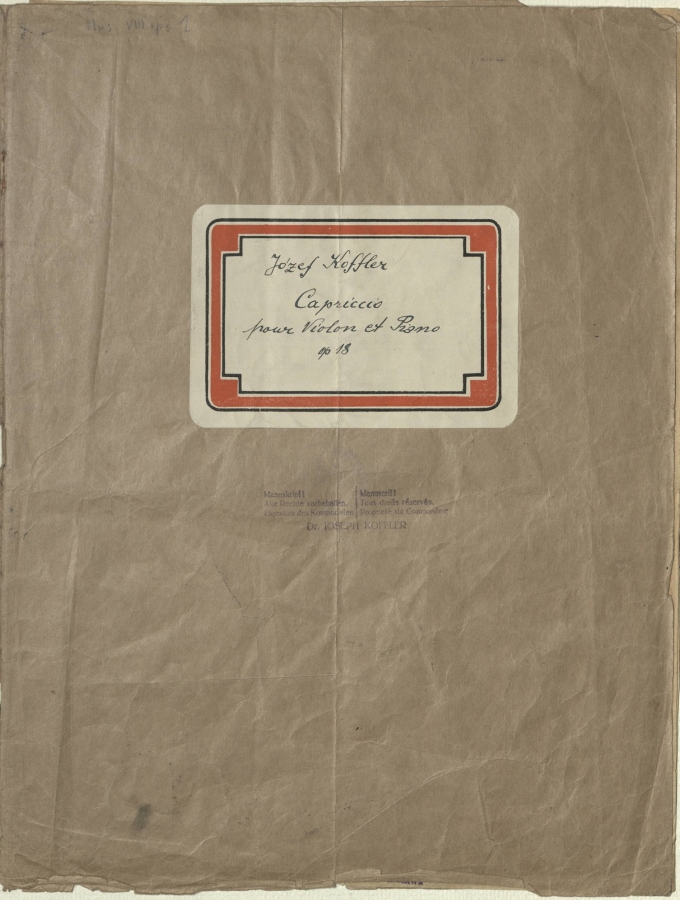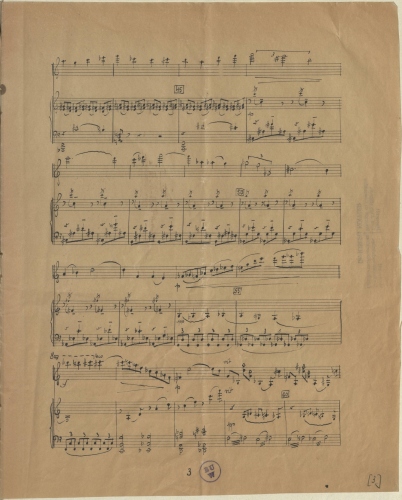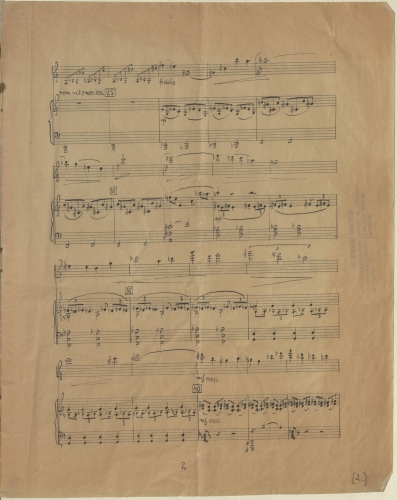Also characteristic of that latter work is the way in which the use of twelve-note technique is ‘disguised’ in a way, since the motoric opening of the violin part does nothing to highlight it. All the same, the piece is based on a specifically shaped series that makes it possible to introduce functional triad harmonies in the accompaniment. It is from that series that the composer derives the two principal themes, which he then develops and briefly recapitulates, as in the sonata form. Capriccio is undoubtedly an example of an original Neoclassical stylistic formula based on the model of a virtuoso violin capriccio, free in form but typically fast and intense in expression. The following very apt remark on the Capriccio was probably penned by Koffler himself: ‘today the [genre’s] name is used for pieces abounding in unexpected, original turns’ (‘What Every Musician Ought to Know’, Orkiestra 7 (1932)).



